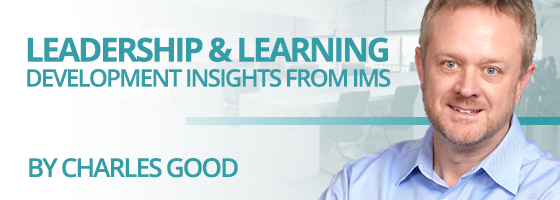Amy Edmundson, best-selling author of The Fearless Organization and professor at Harvard Business School, is credited with first coining the term ‘psychological safety’. She defined this term as a shared belief that a team is safe for interpersonal risk-taking. In a recent IMS program, Dr. Timothy Clark, author of The 4 Stages of Psychological Safety: Defining the Path to Inclusion and Innovation, defines psychological safety as an environment of rewarded vulnerability. In his framework, there are stages of psychological safety, and it is a function of two things: respect and permission. As you and your team are ascending through these four stages, Dr. Clark likes to remind you that you are climbing a ladder of greater vulnerability.
STAGE ONE – INCLUSION SAFETY (DO I FEEL INCLUDED?)
In this stage, you are prioritizing inclusion over exclusion to achieve a sense of belonging. Only when this need for inclusion is satisfied, will you be able to proceed to the next level.
STAGE TWO – LEARNER SAFETY (DO I FEEL SAFE TO LEARN?)
Once this foundation of inclusion is built, you can now focus on creating an environment that encourages curiosity and learning. In this stage, you can engage in the learning process by asking questions, giving feedback, and even making mistakes without the fear of negative consequences. In other words, you are getting rewarded for acts of learning vulnerability.
STAGE THREE – CONTRIBUTOR SAFETY (DO I FEEL SAFE TO CONTRIBUTE?)
Learning always precedes contribution, so this stage is only possible once learner safety is established. In this stage, you are given the opportunity to make meaningful contributions or differences. For this to happen, there needs to be a certain level of autonomy with guidance and support. This is also called the accountability zone since you will need to show results before being given a level of autonomy.
STAGE FOUR – CHALLENGER SAFETY (DO I FEEL SAFE TO CHALLENGE THE STATUS QUO?)
The final stage is where you feel safe to challenge the status quo without repercussions or retaliation. Now the environment is accepting and even rewarding dissent and disagreement. This is the stage where innovation happens since you are challenging the status quo. The defining characteristic is the ability to increase the level of intellectual friction (e.g., debating issues on their merits) while keeping down social friction (e.g., minimizing defensiveness).
MOVING THROUGH THE STAGES OF PSYCHOLOGICAL SAFETY
The goal is to move your team through the stages of psychological safety to stage four, where everything comes together. Now, everyone is doing their best work while exhibiting the highest level of vulnerability in challenging the status quo.
However, you should be aware of two common failure states as you are building psychological safety within your organization. First is paternalism, which is characterized by a culture where leaders demonstrate high respect but low permission. Micro-managing is common in this environment along with lots of rules and structures. Second is exploitation, where leaders show low respect and high permission. In this state, leaders are using their employees to get the work done but not showing respect and failing to appreciate their contributions.
There are countless benefits for developing psychological safety on your teams and within your organization. One area I focused on in a previous IMS blog post (September of 2021) was that decision-making was improved since everyone feels comfortable in sharing dissenting thoughts.
If organizations want to stay relevant and competitive in today’s constantly evolving environment, organizations must keep encouraging innovative and collaborative solutions. And this will only happen on a consistent basis with teams and in organizations that are operating at higher stages of psychological safety.
ABOUT CHARLES GOOD
Charles Good is the president of The Institute for Management Studies, which provides transformational learning experiences that drive behavioral change and develop exceptional leaders. Charles is an innovative and resourceful leader who specializes in bringing people together to develop creative organizational and talent strategies that enable business results. His areas of expertise include assessing organizational skill gaps and leading the design, creation and delivery of high impact, innovative learning solutions that achieve business goals.
